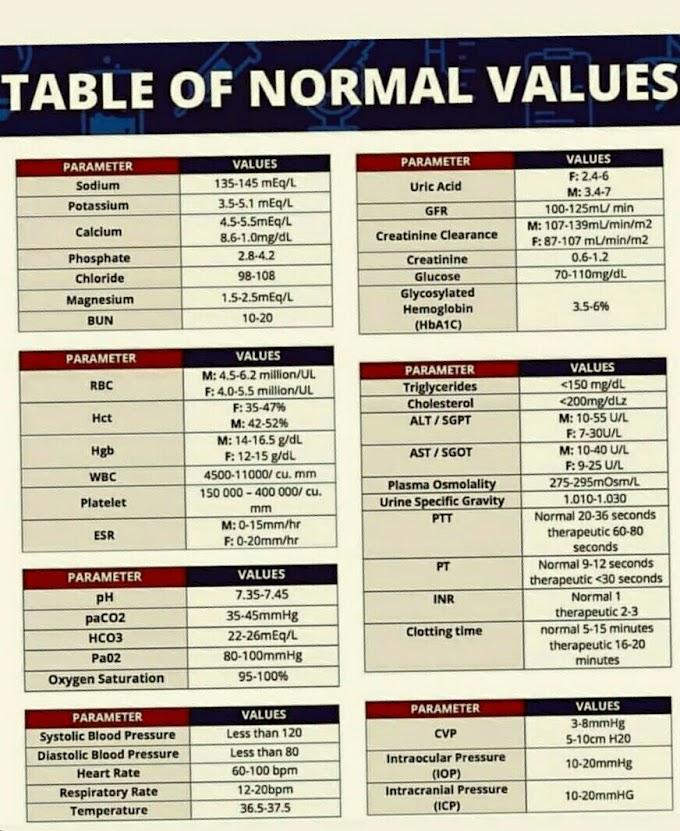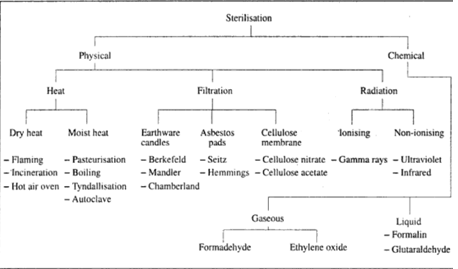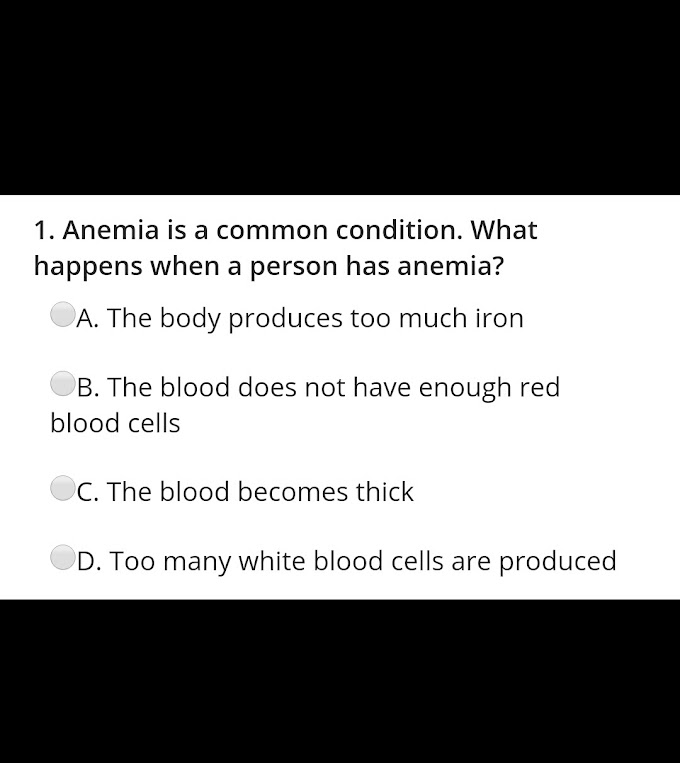Introduction haematology
The word “Haematology" literally means 'study of
blood'. In a clinical set-up, a haematology laboratory is concerned with the
abnormalities of the constituents of blood, namely the plasma and the blood
cells. The laboratory tests performed include enumeration of different types of
cells, relative distribution of various categories and their chemical,
functional and structural abnormalities.
Haematological tests are also required
as a part of patient's admission report because many diseases show signs and
symptoms of haematological nature. These tests are commonly referred to as
Complete Blood Count (CBC) and include estimation of haemoglobin, enumeration
of red and white blood cells, differential count (i.e. classification of white
blood cells), morphological abnormalities of red cells, and platelets.
Since the equilibrium of blood is affected by many factors,
haematological tests are useful in assessing the degree of diseases or
disorders of haematological or non-haematological origin. Thus, haematological
tests can help in the diagnosis of nutritional, metabolic, hereditary,
hormonal, neoplastic, drug-induced, inflammatory or infectious disease states.
Blood absorbs oxygen in the lungs, nutrients in the
gastro-intestinal system and supplies the tissues with these essential
substances. The blood also collects harmful wastes produced as end products of
metabolism and transports them to the organs of excretion.
Anaverage healthy adult has blood equivalent to 7-8 % of the
body weight. In quantity it is about 6 litres. Blood is mainly composed of
plasma, a fluid in which red blood cells (RBC) or erythrocytes, white blood
cells (WBC) or leucocytes and platelets or thrombocytes are suspended. The
plasma, occupying 55 % of the total volume of blood, contains 90% water, the
remaining 10% being proteins, carbohydrates, lipids, hormones, enzymes,
vitamins and salts. The majority of cells suspended in plasma are erythrocytes.
The leucocytes are much fewer in number than the erythrocytes, while the
platelets are associated with blood coagulation mechanism. The erythrocytes
contain a high concentration of haemoglobin, a red coloured pigment which acts
as the oxygen carrier. Leucocytes exist in different forms, each having a
physiological function in the defence mechanism.
Various haematological investigations and their reference
values are listed in Table









If you have any queries related medical laboratory science & you are looking for any topic which you have have not found here.. you can comment below... and feedback us if you like over work & Theory
.
Thanks for coming here..